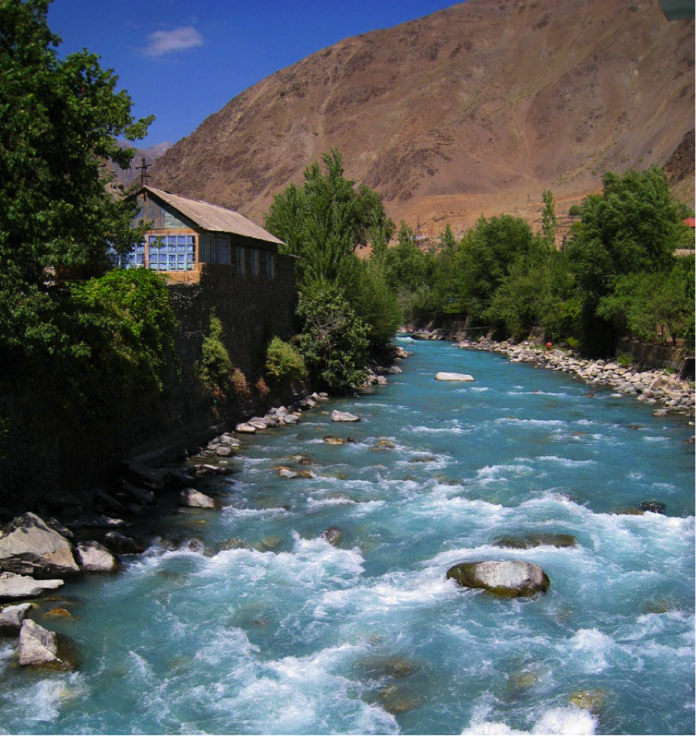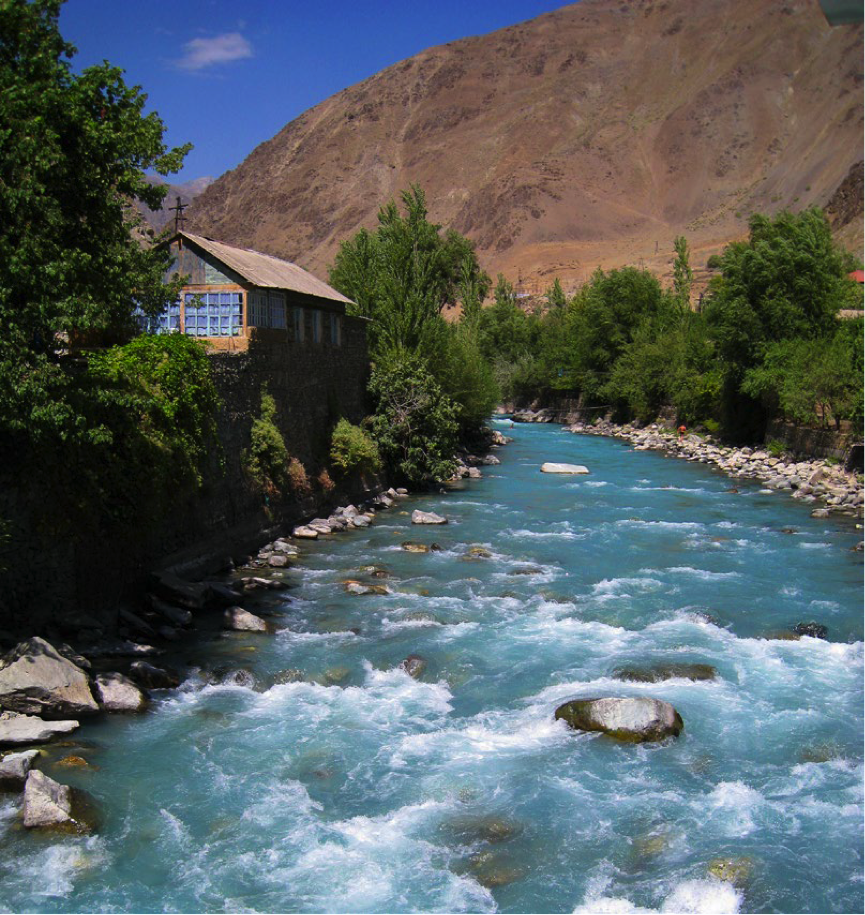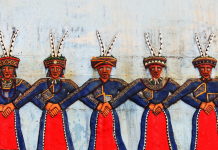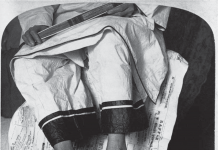Text & Photos by Sophie Ibbotson & Max Lovell-Hoare
The thought of driving the road from Kabul, Afghanistan to Peshawar, Pakistan strikes fear into the heart of the most experienced traveller. However, before the militants, before the Taliban, and even before the Soviet invasion of 1979, this was still a hard road to travel. The steep cliffs either side of the narrow, winding road are prone to rockfalls and mudslides, and in their nooks and crevices, they hide all manner of dangerous bandits and beasts.
In the spring of 1880, a seemingly unremarkable band of Afghan merchants was set upon by thieves. In usual circumstances, they would have had their throats slit and their bodies dumped by the roadside, not just their baggage stolen, but the story took an unexpected twist when the British Captain F.C. Burton rode into view, a fairytale hero on his horse. It was a lucky day for the merchants and for history. The bandits scattered, the merchants and their goods survived, and they continued on their way with Burton at their side.
En route to the merchants’ final destination of Rawalpindi, near the country’s present-day capital city of Islamabad, they showed Burton their gold and silver wares. Intrigued by its provenance – and with a gut hunch he was viewing something of great historical significance, not to mention financial value – he purchased from them a single gold lion- and griffin-headed armlet and sent word to his colonial colleagues that they should scour the regional markets and attempt to acquire additional items from the collection.
At this stage, Burton still had little idea what exactly he’d seen, but he showed his armlet to Major General Sir Alexander Cunningham, Director General of the Archaeological Survey of India, who went absolutely wild. Together with Sir Augustus Wollaston Franks, a curator of the British Museum, Cunningham set out to reunite the hoard and to put it on show to the world. They should be considered amongst history’s most persistent and accomplished treasure hunters.
Cunningham correctly identified Burton’s armlet as being a fine example of Achaemenid Persian metalwork, dating from the fifth to the fourth centuries BC when the Achaemenid Empire stretched from Egypt in the west to the Indus Valley in the east. Over the coming months and years, Cunningham and Franks (with a little help from their friends – antiquities dealers, private buyers and opportunistic amateurs) trawled the bazaars of northern India and what is now Pakistan, their eyes peeled for gold.
They followed rumours, they hassled traders for information and they made it known they were in the market to buy. They ultimately acquired around 170 gold and silver artefacts from the original treasure hoard, including drinking vessels, coins, armlets and rings, and a beautifully intricate figurine of a charioteer. It was like finding needles in a haystack, but the vast majority of the items Burton had seen and described were found, possibly with a few previously unconnected additions.
For the rest of this article (Asian Geographic No.96 Issue 3 /2013) and other stories, check out our past issues here or download a digital copy here





![The Road to Independence: Malaya’s Battle Against Communism [1948-1960]](https://asiangeo.com/wp-content/uploads/2021/07/WhatsApp-Image-2021-07-26-at-11.07.56-AM-218x150.jpeg)






